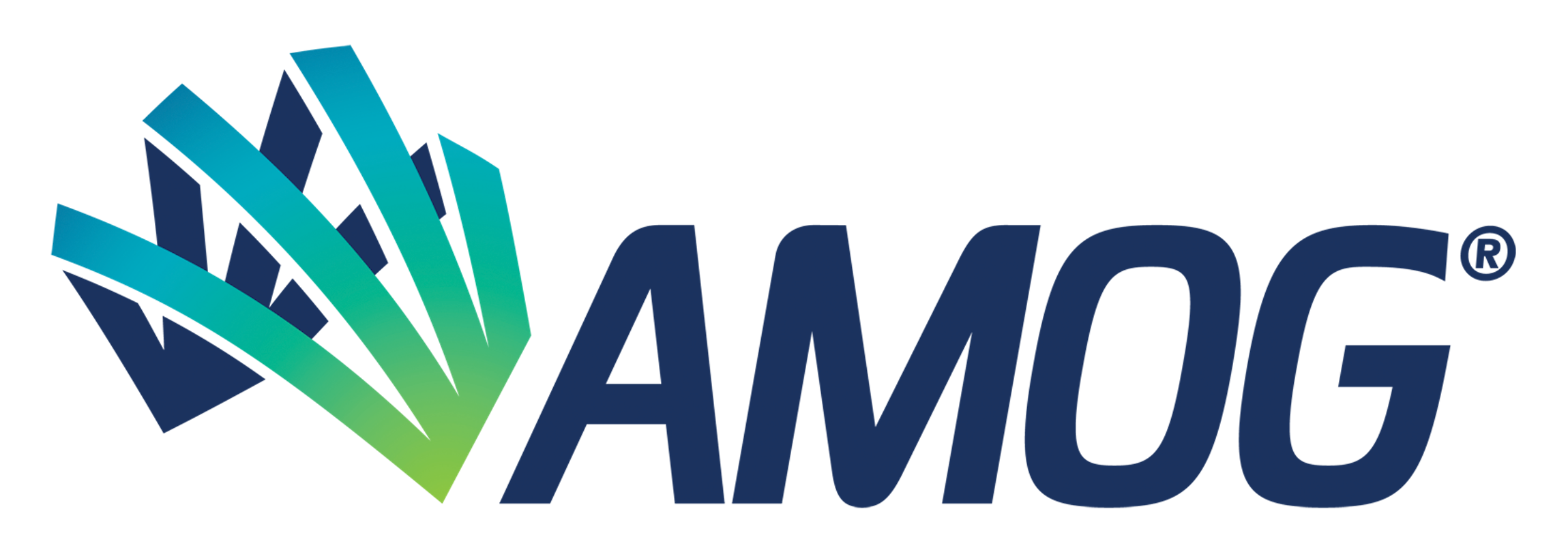Fuglsang, A., Kusangaya, A.J., Dillon-Gobbons, C., Bauer, P., and Marcollo, H., Proceedings of the ASME 2023 42nd International Conference on Ocean, Offshore and Arctic Engineering OMAE2023, Melbourne, Australia, June 11-16, 2023.
Abstract OMAE2023-103244
As the Floating Offshore Wind Turbine (FOWT) industry expands from demonstrator to commercial projects, arrays of FOWTs with interconnected subsea power cables will be required in order to produce a competitive Levelized Cost of Energy (LCOE). The selection of subsea power cable configuration and design of the cable networks in a FOWT array will have a significant bearing on the reliability of the power cables, the availability of power from each turbine, and the LCOE produced by the array.
Two subsea cable configurations are considered in this paper and assessed for their exposure to VIV induced fatigue damage: A lazy-wave power cable attached to the seabed, and a W-Shaped cable directly connected between two FOWTs. The model is used to compare the lazy-wave and W-shape power cable configurations; identifying the propensity of each to experience direct, heave or surge/sway induced VIV, and where detected, compares the VIV responses of the two cable configurations. The Lazy-wave configuration decouples motions of the FOWT from the subsea cable termination, but due to length of cable required to reach the seabed, may be less cost- competitive, particularly in deeper water. The W-shaped cable could reduce the length of cable required to connect each FOWT, and in a farm of potentially 100’s of floaters, may present a significant LCOE reduction. However, the W-shaped configuration may also increase exposure of the cable to multiple VIV mechanisms: Direct wave and current, heave-induced, and potentially VIV induced through the translational motions (surge/sway) of the FOWT platforms.
Copyright © 2023 by ASME

